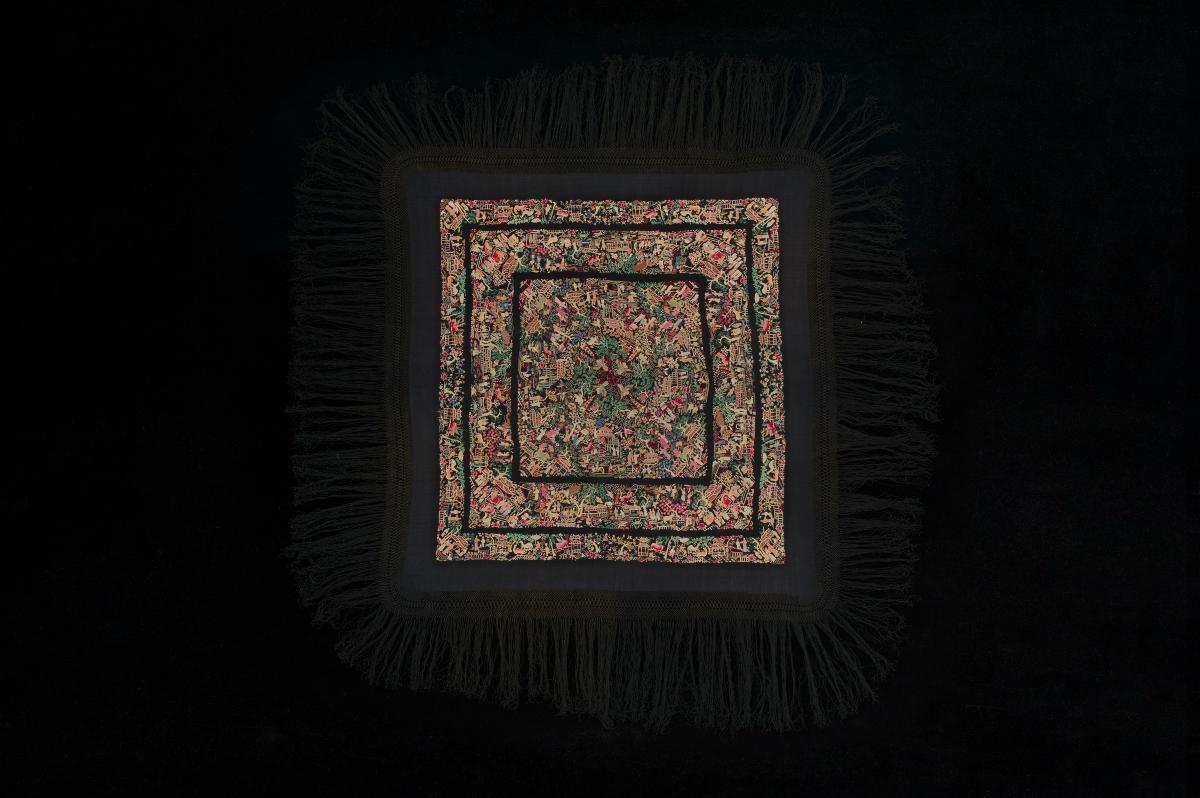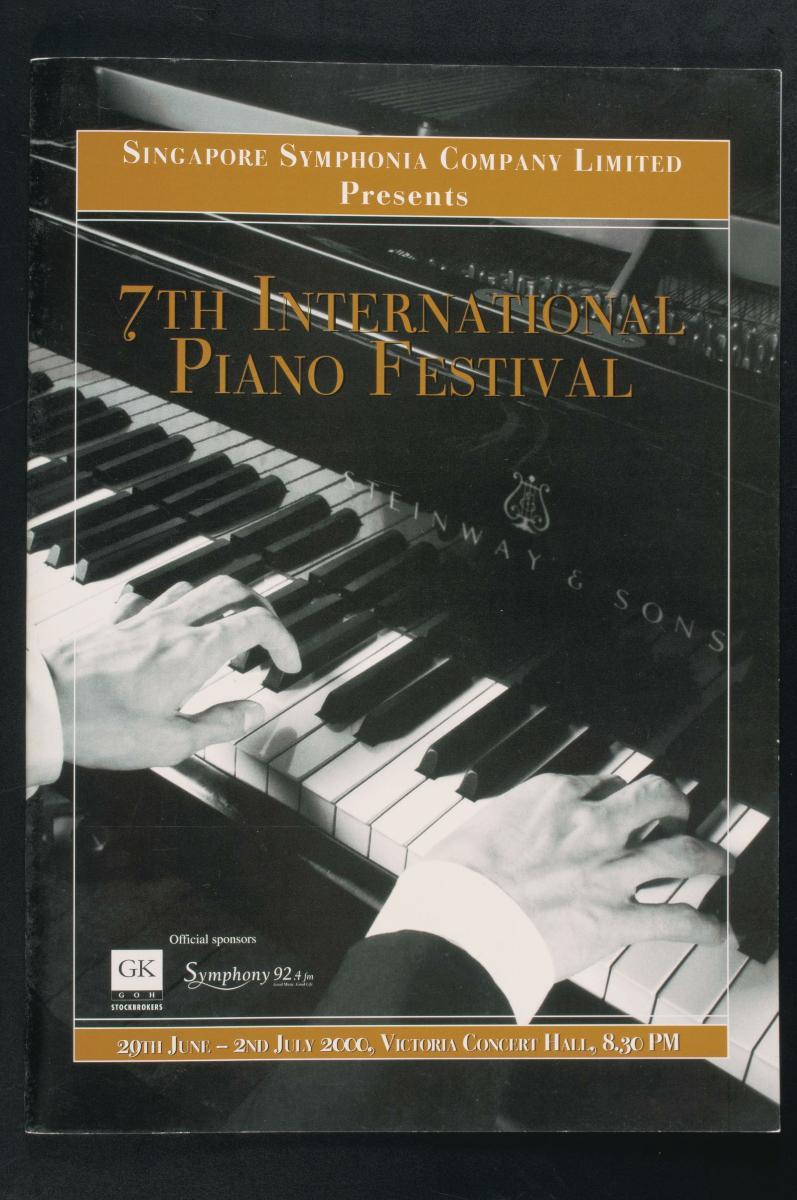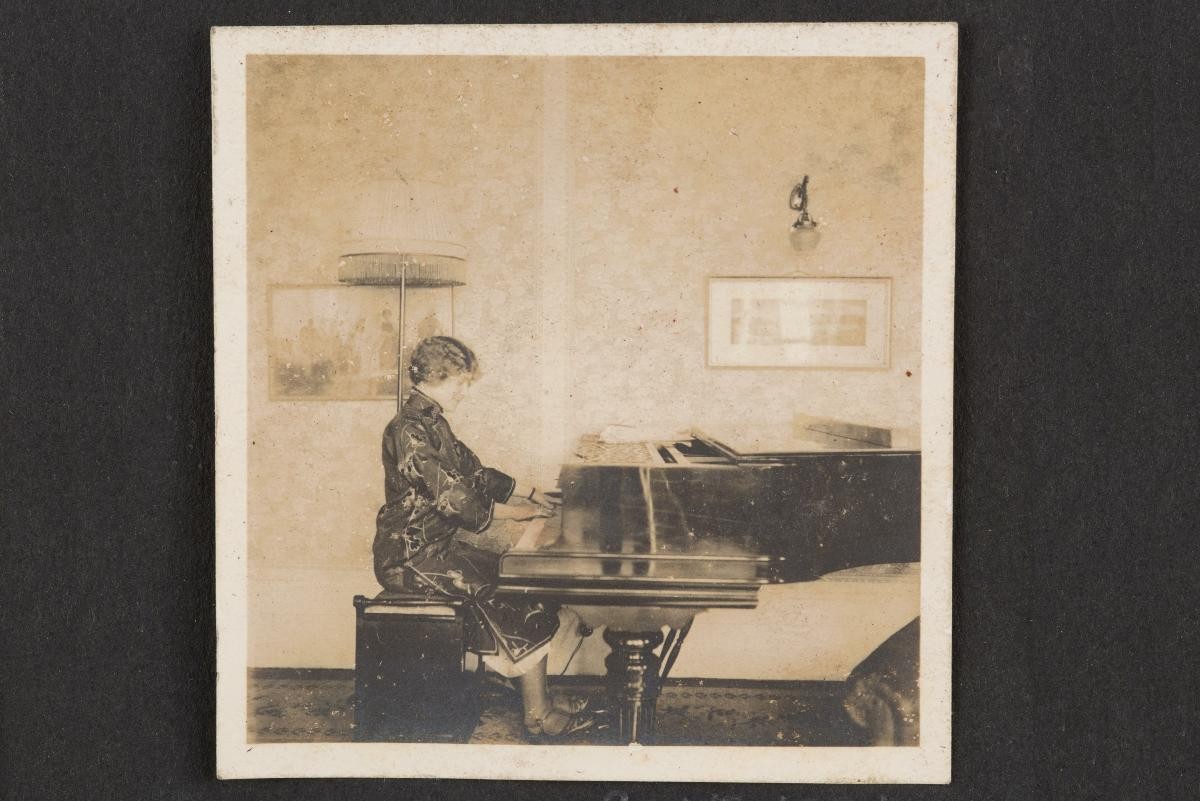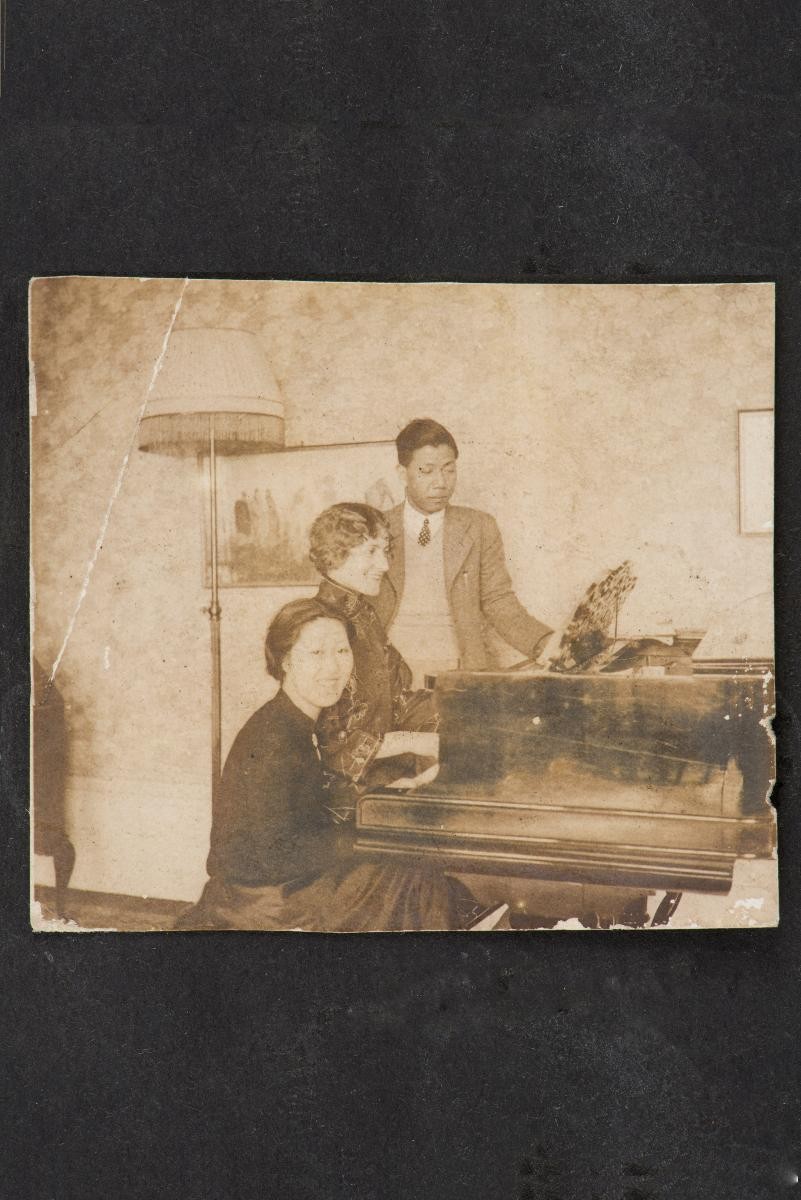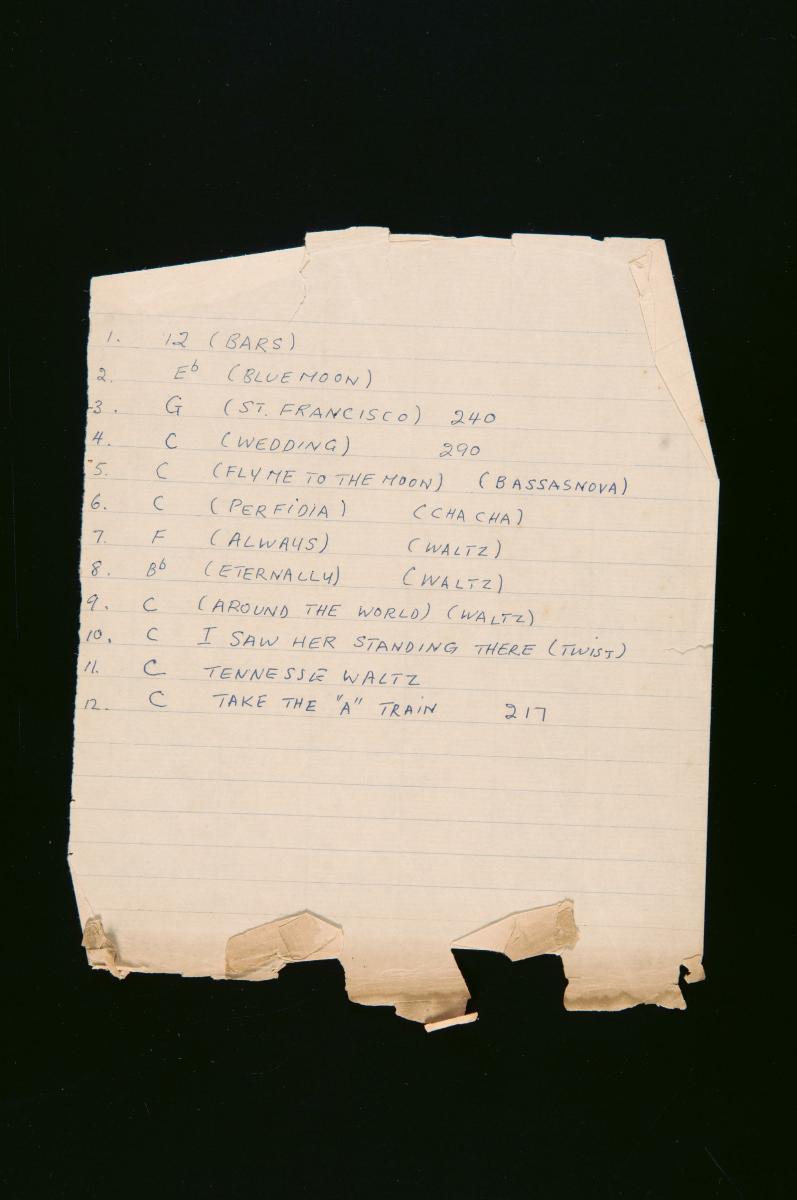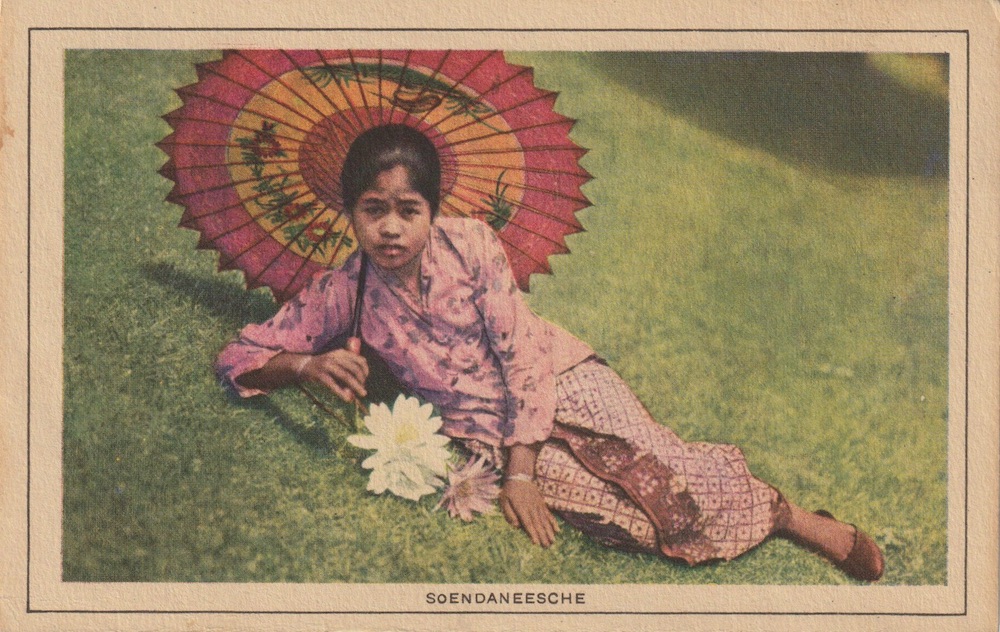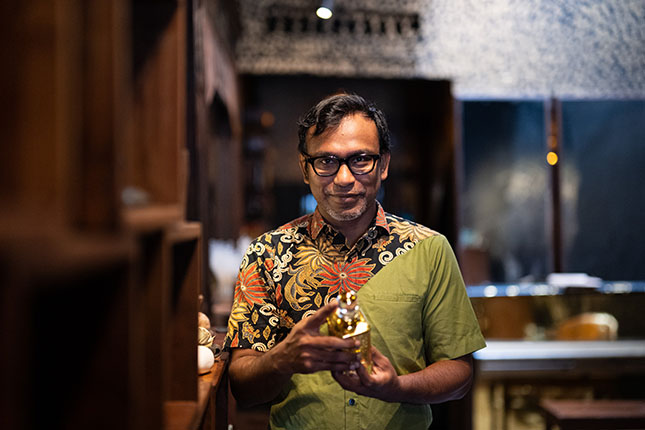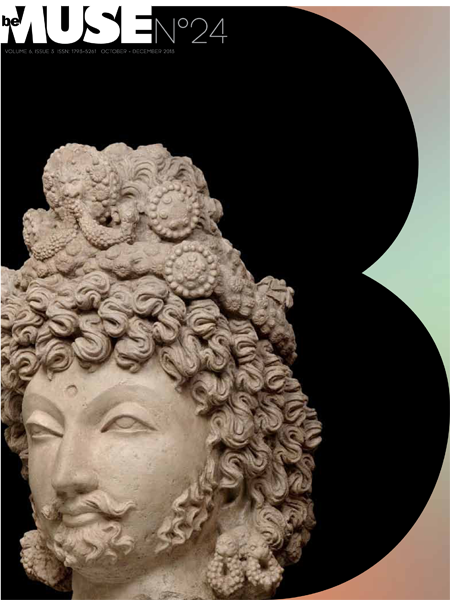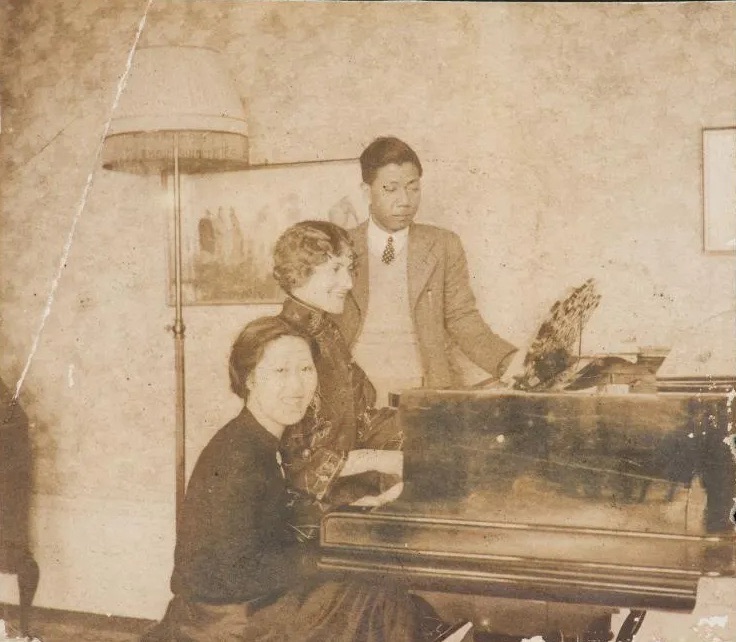Historically, early Parsi trade was with China. In 19th and early 20th centuries, Parsi women used saris with specially embroidered borders made of Chinese silk known as gara. Surat and Bombay being trading centres were visited by Chinese embroiderers who made to order saris, borders, and even children’s attire. The embroidery was Chinese in inspiration, design and technique. The symbols and motifs of each creation narrated a story, incorporating Persian symbols like the cypress tree; flora and fauna like the bird of paradise of Zoroastrian preference; and the lotus and peacock which allude to the community’s Indian surroundings. In Gujarati, the term ‘garo’ refers to a plain sari. In the Parsi context, the ‘garo’ indicates a Chinese silk sari embroidered all over or a sari with a heavy, embroidered border. Traditionally gara were created using silk floss embroidery using pastel threads on dark silk – the gajji silk. Multiple craftsmen worked on a single frame, each craftsman a specialist in a particular motif. Stitches employed varied from the satin stitch to the Gujarati mochi stitch and the zardosi stitch of the Deccan region. This is a rare and superior example of such textile craft - black silk resplendent with embroidered human figures, birds and trees. This was most likely created as a garo and has later been adapted into a piano cover, symbolic of the cosmopolitan Parsi community and their adaptation of a western way of life




